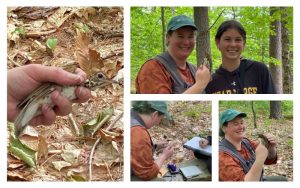
Wood Thrushes: Motus Update
(by Pam Hunt) 2025 is the second year of the range-wide Wood Thrush tracking project coordinated by the US Fish and Wildlife Service, and NH Audubon and our partners set

(by Pam Hunt) 2025 is the second year of the range-wide Wood Thrush tracking project coordinated by the US Fish and Wildlife Service, and NH Audubon and our partners set
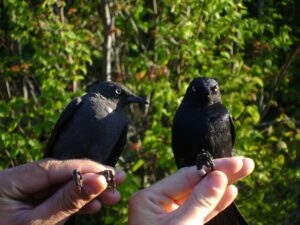
New Hampshire Audubon is grateful for generous grants recently awarded from the following charitable supporters: NH Audubon received grants from the Butler Foundation and the Davis Conservation Foundation to support
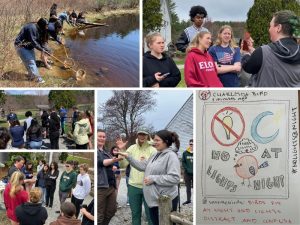
(by Willa Coroka) In mid-April, forty high school students from Manchester visited the Massabesic Center for a full day of activities pertaining to our conservation efforts. These same students are

(by Pam Hunt) Now that spring migration is back in full swing, it’s time to see what happened to some of the 27 Wood Thrushes we tagged in NH in
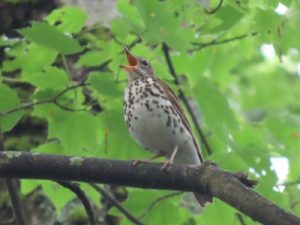
(by Pam Hunt) Of the 27 Wood Thrushes tagged in NH this past summer, the farthest traveled is a bird that covered roughly 3000 miles from Mt. Wantastiquet in extreme
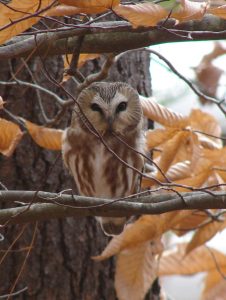
(Photo and story by Pam Hunt) The Northern Saw-whet Owl is New Hampshire’s smallest owl and can be found throughout the state most of the year. Although relatively common, it
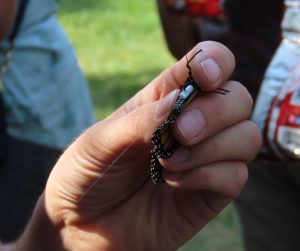
(by Vanessa Johnson) The monarch butterfly population has faced significant declines since the early 1990s, prompting extensive conservation efforts across the U.S. While traditional adhesive tags have provided some insights

(by Pam Hunt and Zoe Dawson) NH Audubon biologists worked hard this spring and summer as they tagged species that will help answer questions about migration and guide future conservation

New Hampshire Audubon is grateful for generous funding recently awarded from the following supporters: NH Audubon received grant awards from the Benjamin and Gertrude Couch Trusts to continue work on
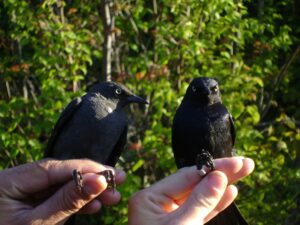
(by Carol Foss) New Hampshire Audubon’s Rusty Blackbird crew has deployed a portable Motus station to help keep track of tagged individuals at remote wetlands in their study area. Constructed
Notifications